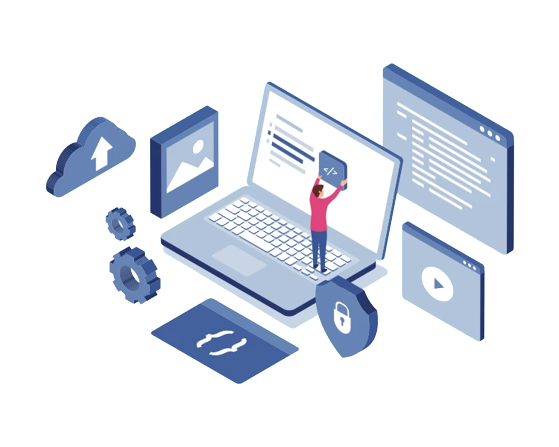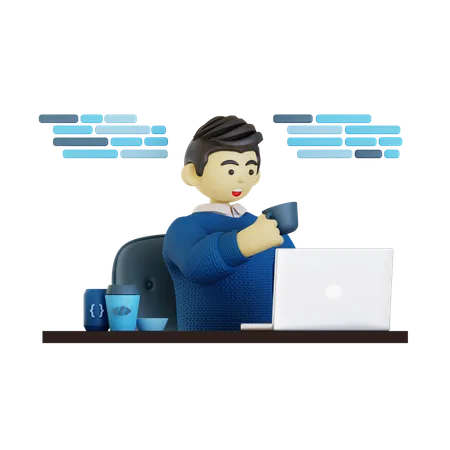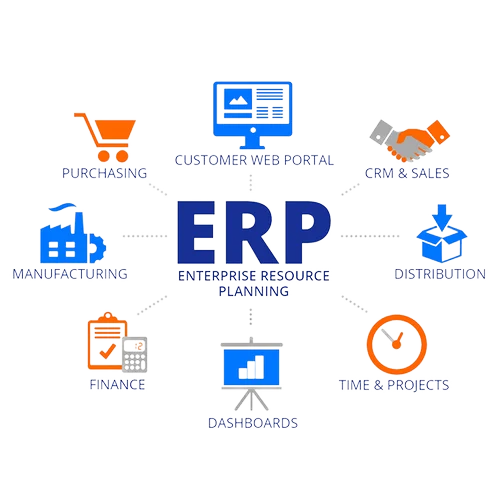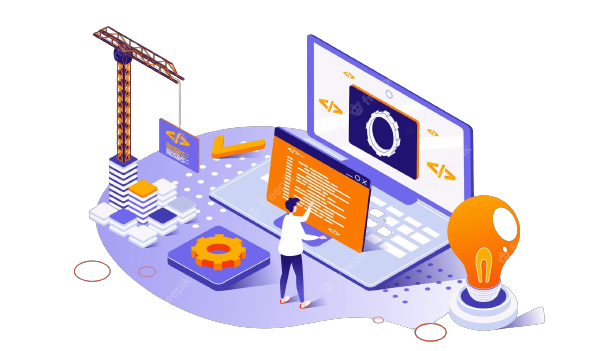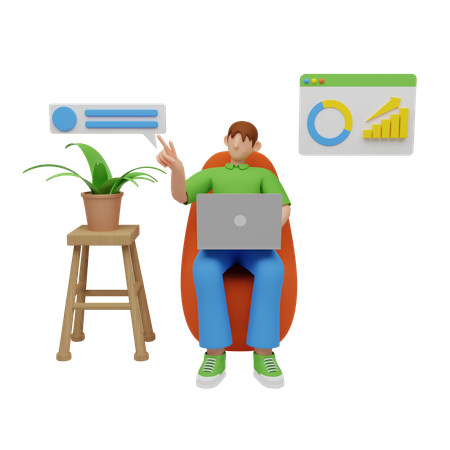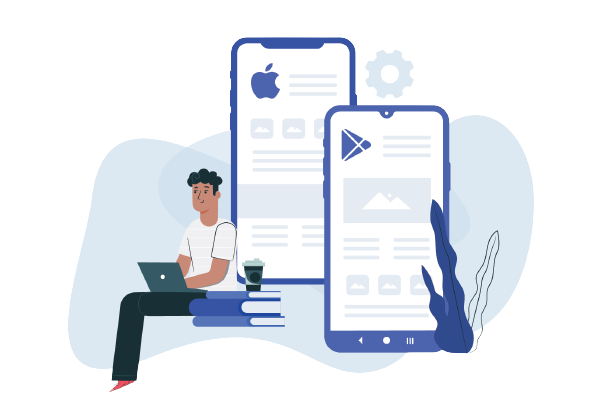Software Development
software, instructions that tell a computer what to do. Software comprises the entire set of programs, procedures, and routines associated with the operation of a computer system. The term was coined to differentiate these instructions from hardware—i.e., the physical components of a computer system. A set of instructions that directs a computer’s hardware to perform a task is called a program, or software program. The two main types of software are system software and application software. System software controls a computer’s internal functioning, chiefly through an operating system, and also controls such peripherals as monitors, printers, and storage devices. Application software, by contrast, directs the computer to execute commands given by the user and may be said to include any program that processes data for a user. Application software thus includes word processors, spreadsheets, database management, inventory and payroll programs, and many other “applications.” A third software category is that of network software, which coordinates communication between the computers linked in a network.
